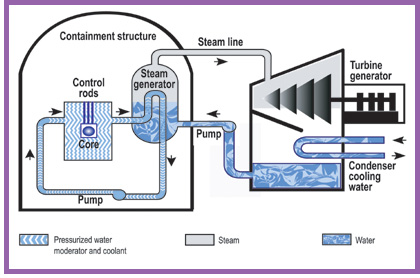Around the world people are recognizing the immense power of the sun and how efficient it is to harvest that energy to create clean energy to reduce our use on fossil fuels and natural gasses. One country that is making advances in an interesting way is India, it is called the solar Photovoltaic project. India has already made a floating canal top solar panel over the Sardar Sarovar Canal. This project saves water by preventing it from evaporating by covering it with solar panels and creates energy.
This new project by the hydro power generator National Hydro Power Corporation is a 50 MW solar panel that covers some bodies of water in Kerala. This new floating solar systems are expected to offer more generation yield compared to the solar panels installed in other ways because of the amount of sun these bodies of water attract. Although the cost of this project is approximately $64-72 million the project is funded by a college and they are confident the cost to build will be saved in electricity costs.
Germany is the leading country when it comes to using solar power. It has installed thousands of solar panels and is fully committed to being completely dependent of renewable energy by 2050. the world was shocked when Germany hit 50% with solar power providing electricity in the country. Every country should be looking to Germany on how to increase their use of solar energy.
Although not a leader in Solar energy, Jamaica has created the worlds largest hybrid renewable energy project using solar panels and wind energy. On an office roof in Kingston they have built a power system expected to generate over 106,000 kWh every year. They are maximizing the limited space in Kingston by using rooftops to house these hybrid energy producers. A company called Windstream Technologies is spearheading this project.
here is great video showing some of the wind and solar techniques used in Jamaica
http://www.youtube.com/watch?feature=player_embedded&v=Fo8zQSa93LU
Lastly the worlds largest solar bridge is in London. on the Blackfriars Bridge there are “4,400 photovoltaic panels, which are expected to reduce the station’s CO2 emissions by an estimated 511 tonnes (563 tons) per year”. The project was complete by 2012 for the hosting of the Olympics and fully operational by 2013. the solar panels cover about of 6,000 sq m (19,685 sq ft). It is expected to generate 900,000 kWh of electricity each year.
Though not cheep to build these advancements in using solar energy in different ways has its perks. Using photovoltaic panels in an efficient way like on top of canals or buildings helps reduce the reliance on other harmful energy sources. While drawing attention to the countries use of solar energy, hopefully bringing in new interest in producing more of these solar energy feats.
India Plans World’s Largest Floating Solar Power Project (50 MW)
http://www.theguardian.com/environment/2014/jun/23/uk-and-germany-break-solar-power-records
http://www.gizmag.com/windstream-wind-solar-hybrid-jamaica/33013/
http://www.gizmag.com/worlds-largest-solar-bridge-london/30668/















